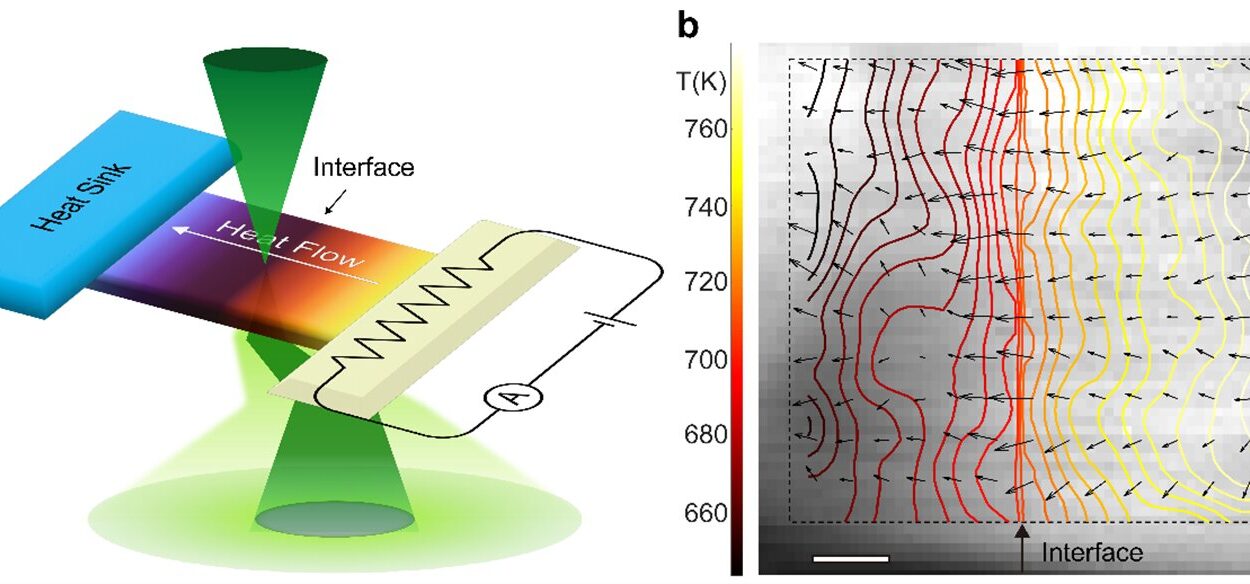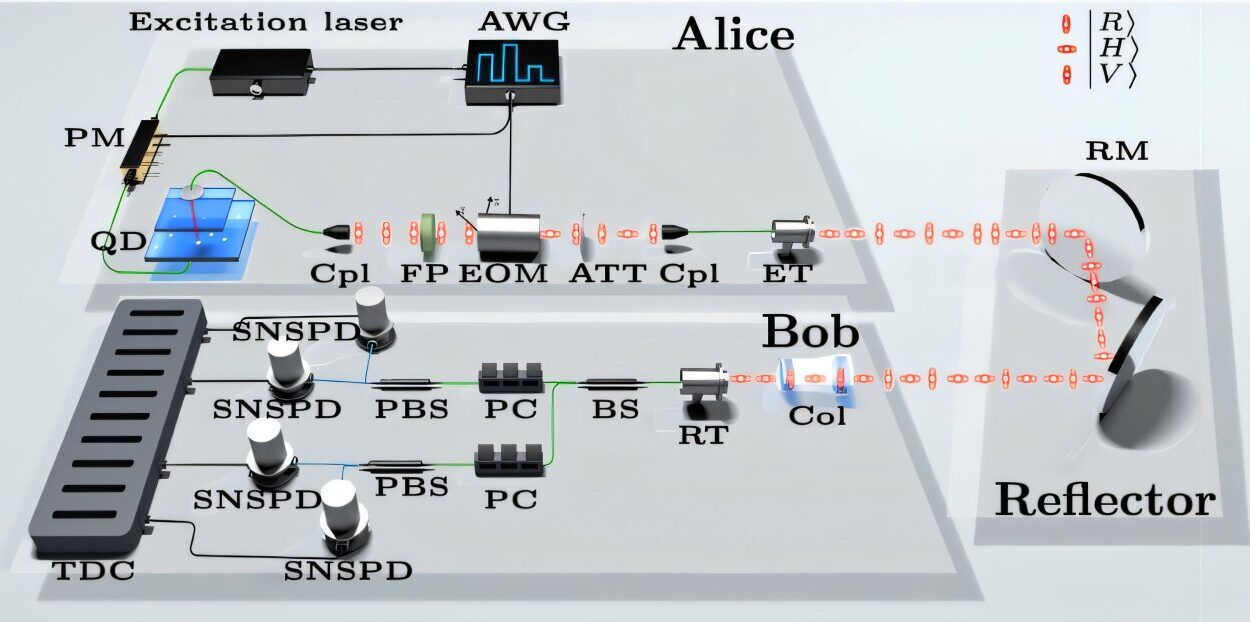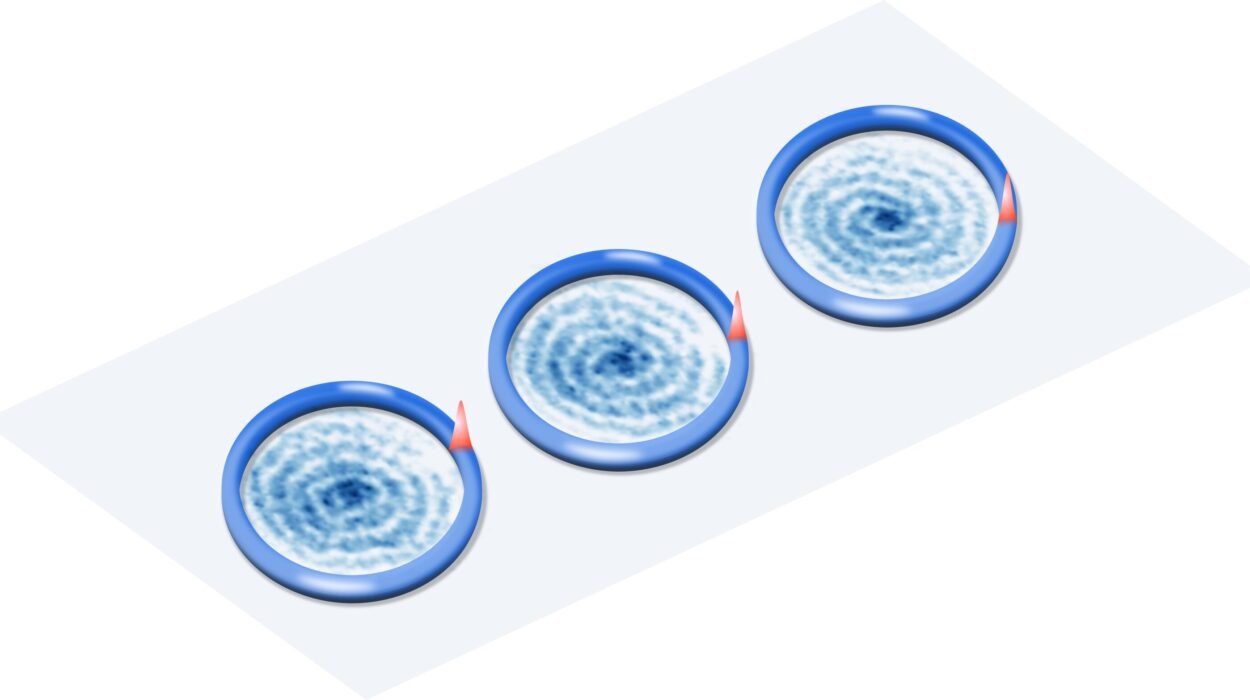In the vastness of space, at the very edge of a black hole, physics dances in a way that defies common sense. Here, gravity becomes so intense that nothing—not even light—can escape. Yet, according to Stephen Hawking’s groundbreaking theory, black holes are not completely black. They emit faint thermal radiation, a ghostly whisper from the universe’s most mysterious objects, known as Hawking radiation.
For decades, physicists have tried to catch this elusive radiation in nature. The challenge is staggering: a real black hole’s Hawking radiation is unimaginably faint, drowned out by cosmic noise. To test this prediction of quantum field theory (QFT), scientists have turned to an ingenious alternative—re-creating aspects of black holes in controlled laboratory environments.
Now, researchers at Sorbonne University in Paris have achieved something remarkable. They have developed a new experimental platform using a quantum fluid of light that simulates the curved spacetime around black holes. This achievement could bring physicists closer than ever to observing Hawking radiation, not in distant galaxies, but here on Earth.
Quantum Field Theory and the Mystery of Black Holes
At its core, QFT is the mathematical language that unites two of nature’s most fundamental principles: quantum mechanics, which governs the behavior of the smallest particles, and Einstein’s special relativity, which describes the nature of space and time. In the strange realm near a black hole’s event horizon—the invisible boundary beyond which nothing escapes—these laws collide, giving rise to predictions that challenge our imagination.
Hawking radiation is one such prediction. It suggests that black holes slowly evaporate over billions of years, releasing radiation born from quantum fluctuations at the edge of their gravity wells. If true, this means black holes are not eternal prisons but cosmic actors with life cycles of their own. Confirming this theory would not only validate QFT in extreme conditions but also reshape our understanding of information, entropy, and the ultimate fate of matter in the universe.
But the cosmos keeps its secrets well. We cannot approach a black hole to set up detectors. The radiation we hope to see is drowned in the overwhelming silence of interstellar distances. Scientists needed a way to bend the rules—if we cannot reach black holes, perhaps we can make them come to us.
Light Becomes a Fluid
The Sorbonne team, led by Alberto Bramati with key contributions from physicists Maxime Jacquet and Kévin Falque, found inspiration in an unusual place: the behavior of light when it interacts strongly with matter. Inside a specialized semiconductor cavity, photons can bind with electronic excitations known as excitons. This bond creates exotic, hybrid quasiparticles called polaritons.
When confined in one dimension, these polaritons behave not like individual particles but like a flowing quantum fluid. Remarkably, under the right conditions, this fluid can mimic the way spacetime bends around a black hole.
“In the experiment, we generate, manipulate, and measure photons,” explained Bramati. “They pump the cavity to create the fluid, which eventually decays into photons that come out of the cavity and can be measured. This all-optical control is very flexible.”
Through meticulous tuning, Falque and his colleagues crafted a flowing polariton fluid where the effective speed of light changes across its length. In certain regions, this flow becomes so fast relative to the waves within it that it creates a horizon—an analogue of a black hole’s event horizon.
The Birth of a Horizon in the Lab
Creating such a horizon in a lab was once thought impossible. Earlier attempts in different physical systems hinted at feasibility but produced weak results. The Sorbonne team’s breakthrough came from understanding how two effects—dispersion and the Doppler shift—combine in this quantum fluid.
Dispersion, where wave speed depends on wavelength, and the Doppler effect, where motion shifts wave frequencies, work together to generate negative energy waves inside the horizon. These negative energy states are essential for the Hawking effect to occur.
“In the experiment, we showed that we could create a horizon with the polariton fluid,” said Falque. “We were able to measure the spectrum of tiny excitation fields—the simulated quantum fields—both inside and outside this horizon. That’s a crucial step toward observing Hawking radiation itself.”
This marks the first time researchers have demonstrated such fine control over horizon geometry in a polaritonic system. They can now shape the steepness and curvature of this artificial spacetime, something never achieved before. This tunability opens new possibilities for exploring how different black hole-like environments influence quantum particle creation.
A Bridge Between Theory and Reality
For theoretical physicists, this is a dream realized. For decades, equations predicted that horizons—whether in space or in analog systems—should produce radiation akin to Hawking’s prediction. Yet direct verification has remained out of reach.
With the Sorbonne platform, physicists can now test these predictions in unprecedented detail. The high-resolution spectral measurements achieved in this study already suggest that Hawking-like effects may be detectable in the near future.
“Only a handful of systems have ever demonstrated the ability to create horizons,” noted Jacquet. “What’s new here is the precision and flexibility of our approach. We can fine-tune the horizon geometry and potentially increase the strength of the Hawking effect. For theorists, this means exploring quantum field behavior in regimes we’ve never been able to access before.”
Toward Simulating Black Hole Physics
The implications of this research stretch far beyond testing Hawking’s theory. By manipulating the quantum fluid, scientists could simulate rotating black holes, study entanglement generation from Hawking pairs, and investigate how quantum fields behave under extreme spacetime distortions.
The ultimate goal is to directly observe and analyze analogue Hawking radiation in the lab, verifying a phenomenon that has remained purely theoretical since the 1970s. “Measuring entanglement generation by the Hawking effect is a major goal for our future research,” said Falque and Bramati. “We want to see how the effect changes when we modify the artificial spacetime we’ve created.”
If successful, these experiments would offer profound insights into one of the universe’s greatest mysteries—what truly happens at the edge of a black hole—and could even inform the quest for a unified theory of quantum gravity.
A New Horizon for Human Curiosity
From a simple beam of light trapped in a semiconductor, physicists are now able to simulate the physics of cosmic giants. What began as theoretical equations on paper has transformed into a tangible, controllable phenomenon that fits on a laboratory table.
This achievement underscores a deeper truth about science: the universe does not only reveal its secrets to those who can travel to its farthest reaches. Sometimes, with creativity and persistence, we can make the cosmos come to us.
In bending light into a fluid and sculpting it into a horizon, researchers have opened a new window into quantum field theory and the mysteries of black holes. It is a testament to human imagination—that even in the confines of a laboratory, we can stand at the edge of an event horizon and glimpse the quantum whispers of the universe.
Reference: Kévin Falque et al, Polariton Fluids as Quantum Field Theory Simulators on Tailored Curved Spacetimes, Physical Review Letters (2025). DOI: 10.1103/t5dh-rx6w. On arXiv: DOI: 10.48550/arxiv.2311.01392






